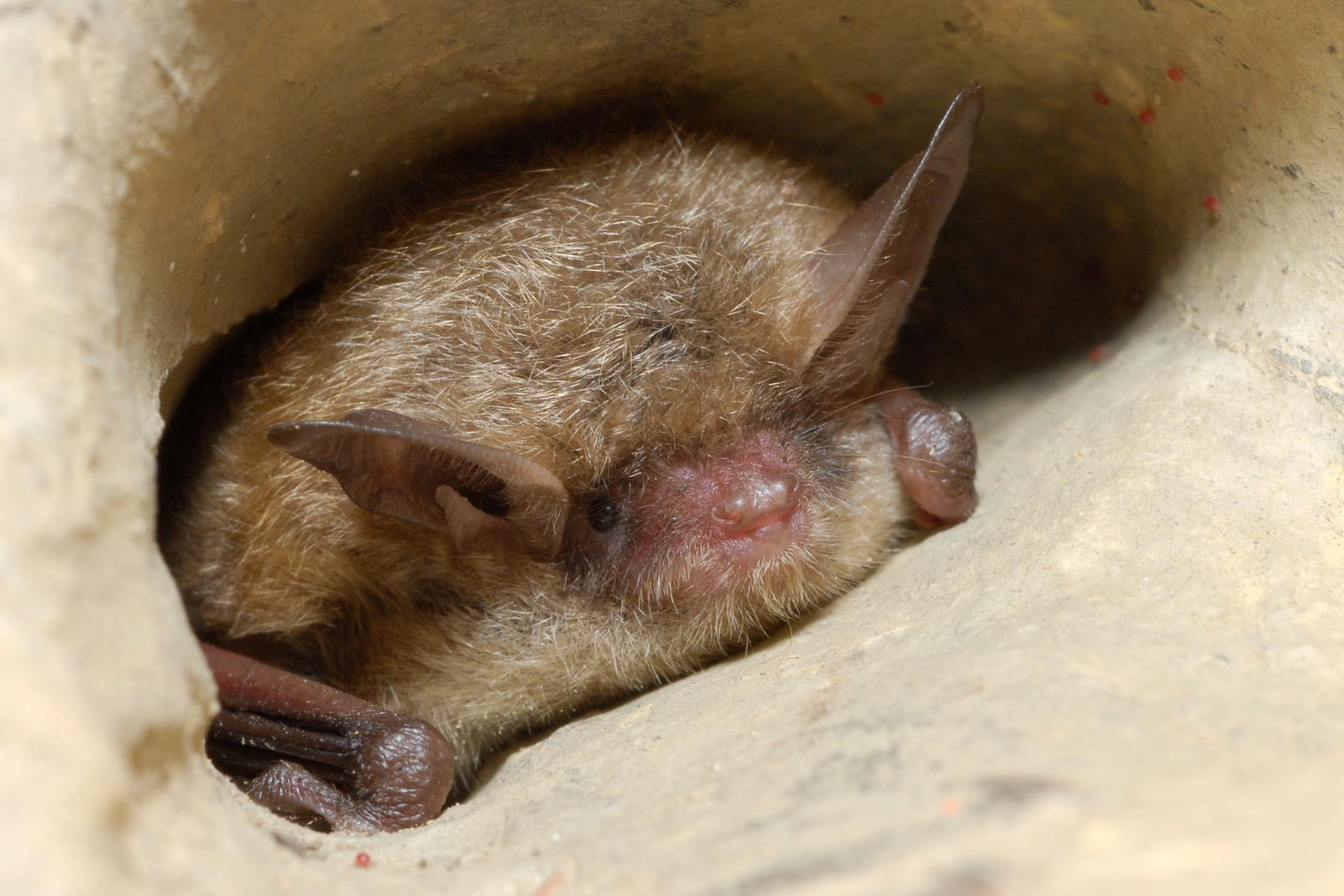Section Branding
Header Content
Tricolored bat population at risk of endangerment in Georgia
Primary Content
Tricolored bats are one of many bat species found throughout Georgia. They are considered one of the smallest bats located in the east coast of the U.S., weighing an average of less than half an ounce.
Scientists have found that the population of tricolored bats has continuously decreased at an alarming rate in Georgia.
According to an article from Georgia’s Department of Natural Resources Wildlife Resource Division’s blog, factors contributing to the decline of tricolored bats include, “degradation of their summer habitat, declining water quality and deaths caused by the whirling blades at wind farms.”
Emily Ferrall is a wildlife biologist with the Department of Natural Resources who works with bats in Georgia. At DNR, she surveys and monitors the bats via caves and culverts. She says the biggest threats to tricolored bats is white-nose syndrome, a fatal disease to bats.
“It’s a cold-loving fungus that grows on their backs in the winter during hibernation, and causes them to wake up too frequently,” she told GPB in a phone interview. “It also invades their skin tissue and causes infections or loss of their wing membranes. They often die from the infection, starvation or dehydration.”
The Wildlife Resource Division reports that the white-nose syndrome is responsible for a 90% decline in the North Georgia cave bat population since its first documentation in 2013.
Ferrall explains that while there are solutions to stop the spread of the white-nose syndrome, there are other factors they have to consider.
“There’s a lot of things that will work in the lab setting to stop white-nose syndrome," she said. "It’s a cold-loving fungus so if you can hit it with UV lights or anti-fungal compounds, you can kill it.
“The big thing that is tricky with white-nose is applying that in a cave. Because caves are natural environments and there’s more things in caves than just our bats, we don’t want to disrupt the natural bacteria. We don’t want to apply something to this cave environment that will help our bats but then hinder everything else in these situations.”
She explained that DNR is working with Dr. Chris Cornelison, a professor at Kennesaw State University who is conducting a project that looks at tricolored bats and white-nose syndrome. Project research is being conducted at Black Diamond Tunnel in Georgia, a big winter site for tricolored bats.
“What they’ve started doing is they developed this volatile organic compound used for transport so it’s safe for bats," she said. "They take a boat with a fogger on it, and they have a pulley system that pulls the boat through the site, turning the compound in the site. So that way it’s aerosolizing it, getting to all of the bats in the site."
Although the tricolored bat is listed under Georgia's Wildlife Action Plan as a high-priority species, the bats are not listed as endangered by the state or federally. Ferrall said there is a process to have them state-listed but shares the benefits that come with being listed.
“When a species is federally listed in the state of Georgia, it automatically is put on the state list of the same listing status that it has received federally. Right now they are considered proposed endangered federally by the Fish and Wildlife Service.
In the event that the tricolored bats are officially listed as endangered federally, more regulations surrounding their protection would be enforced.
“If someone wants to go do work near a known hibernaculum that has this species or in a culvert that has them, the Fish and Wildlife Service would be the ones that are deciding on what would be allowed and what kind of steps would need to be taken to protect the species,” Ferrall said. "It's not something that we at the state level will decide since the feds have that purview."


